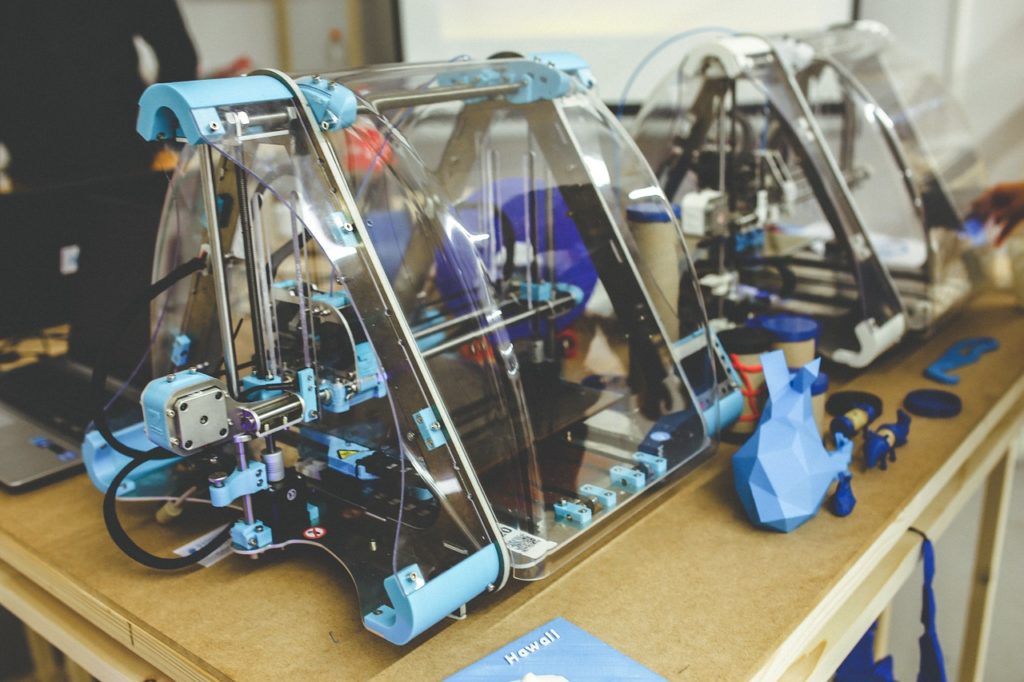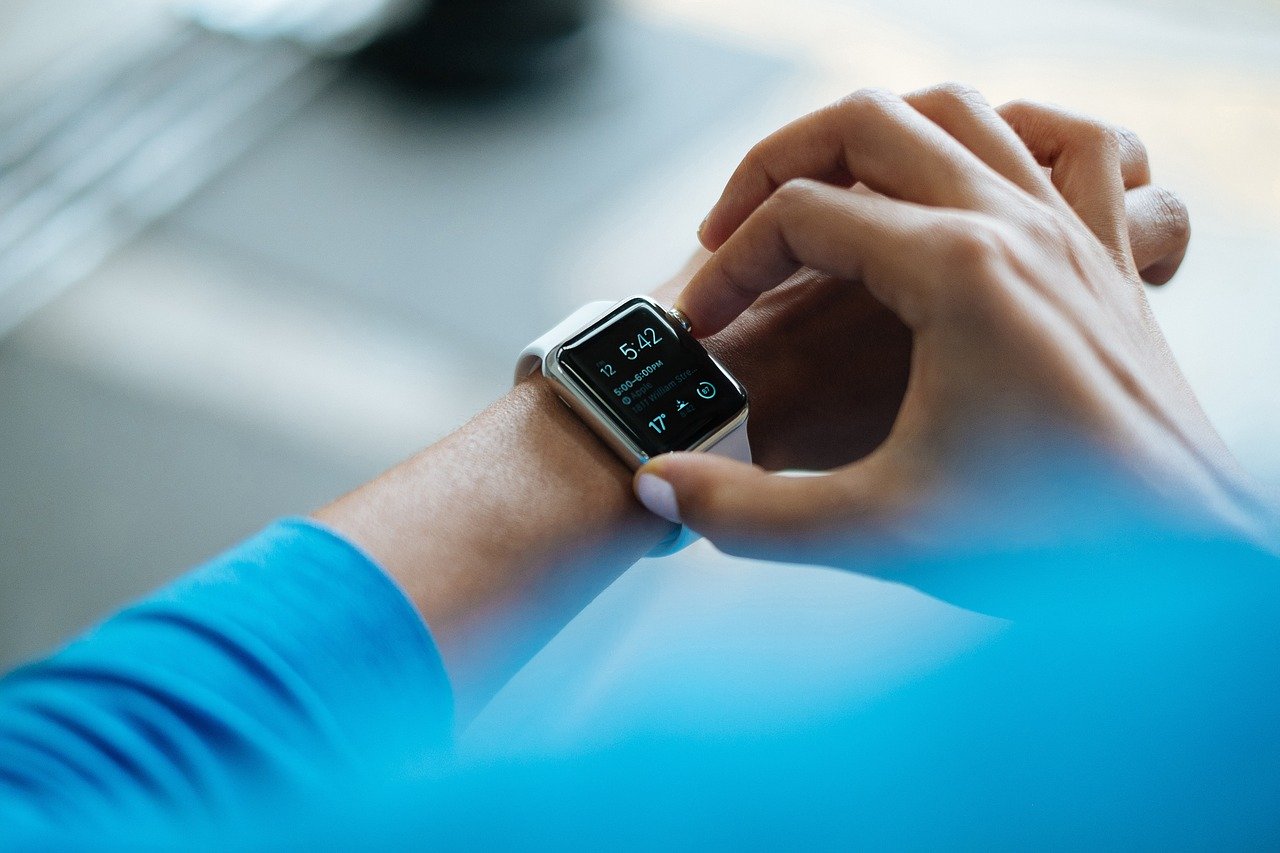As 2020 approaches, it’s time to look back on the most significant digital health technologies of the past year. What new technologies have entered the market, and how are existing technologies improving or being deployed in new ways? What changes can we look forward to over the next decade?
Augmented Reality
During surgeries, a surgeon and their team must refer to variety of different screens, images, devices displaying patient vital signs, and other information displays, while still managing complex surgical procedures that require extreme accuracy. One possible solution to help surgeons with this glut of information and to help prevent errors in surgery is the use of augmented reality (AR).

Already transforming other work environments—for example, helping factory workers improve their accuracy and stopping problems on the assembly line—AR can provide enhanced data display through a screen or wearable glasses. This data is displayed on top of what the wearer sees. This could allow surgeons to perform delicate surgeries with patient vital signs and other important information displayed in real time, in their field of vision, through wearable glasses. Additionally, the technology could offer feedback and guidance during important procedures while the surgeon works—for example, by indicating where to make an incision or helping the surgeon visualize other anatomical structures not visible to the eye. Overall, AR has the potential to reduce costs, declutter operating rooms, and improve surgeons’ accuracy.
Fitness Wearables and Clinical Trials
Fitness wearables have become more than just a fashion accessory. They collect important data about the wearer’s health and have enormous potential in the healthcare industry, in a number of applications. One of the most interesting applications is in the improvement of clinical trials. Clinical trials often carry a huge cost burden and struggle with issues related to participant enrollment, participants’ adherence to trial procedures, and on-site monitoring. All of these issues slow down the process immensely, which vastly increases the time it takes for potentially life-saving drugs to enter the market.
Fitness wearables and mobile health applications have the potential to introduce virtual clinical trials. Rather than having to travel to a specific facility for data collections, patients can quite literally collect their own data and easily provide it to the clinical trials they are participating in. Not only does this process help pharmaceutical companies with cost reduction, but it also can streamline R&D processes and provide a more accurate picture of the real-world efficacy of new drugs or therapies. Using wearable devices for clinical trials also allows for the integration of other data, like a patient’s diet, weight, physical activity level, or even the weather, into the trial, offering a more complete picture of efficacy.
3D Printing
The possibilities offered by 3D printing are becoming more exciting as the technology continues to develop, and it might have far-reaching implications for the healthcare industry. In fact, one of the first objects that was 3D printed was an eye wash cup, a piece of relatively low-grade medical technology. 3D printing now is capable of creating customized medical devices, matched exactly to the individual patient, at a lower cost than traditional manufacturing processes. Items like implants and prosthetics are much more likely to be accepted by a patient’s body if they can exactly match the patient’s specifications. Patients also tend to feel more comfortable with prosthetics manufactured via 3D printing, since the device can be tailored down to the millimeter.

In addition, it’s not just long-lasting items like implants or prosthetics that can be 3D printed. It’s also possible to “print” pills, making it possible to combine multiple medications into one 3D printed pill. This can help patients manage multiple medications efficiently, which in turn helps ensure they take the correct dose and avoid missed doses.
Scientists are also working to develop 3D printing technology that can produce functional, full-size human organs from a patient’s own cells. This could enable a future where organs needed for transplants are created on demand to perfectly match the recipient.
Blockchain Technology
Data security and privacy concerns continue to be major issues in the healthcare industry with the proliferation of electronic and networked devices. However, electronic sharing of health data is still limited in many places across the United States. The health information exchanges simply aren’t being implemented, and the result is interoperability problems and roadblocks that prevent data sharing.
Many experts believe that blockchain technology could be the answer to these woes. The inherent security of blockchain, its decentralized nature, and its ability to help standardize data could make it an invaluable tool for creating a safe, secure health information exchange.
New Technology Everyday
Keep your eyes on the healthcare industry for new tech developments. In spite of the problems in integrating new technology with legacy systems, rising costs, security concerns, and difficulties in sharing health data electronically, there are exciting applications for emerging technologies. Innovators who see these challenges as opportunities can create solutions that improve care for all.

